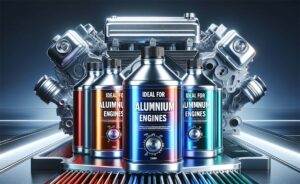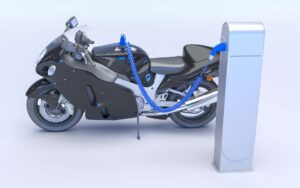Have you ever wondered about the mechanisms that come into play when you’re taking a turn around the corner? These mechanisms are called differentials, and there’s a lot of debate between the two most common types – LSD vs. open diff. With many different designs, it might be difficult to understand the exact differences between them. So, here’s a closer look into these inner workings of our day-to-day vehicles.
How Does the Mechanism Behind Turning Your Wheels Work?
Basically, all types of differentials are used to transmit the power to the wheels, allowing them to move and turn at varying speeds. Modern advances in design and technology, and the evolution of cars that followed it, have changed this mechanism a lot and, with that, changed how we use our trusted companions on the road.
The Differential Is One of the Most Important Parts of a Drivetrain System
A drivetrain system is a group of vehicle parts that work together by interacting with the engine in order to operate the wheels. This system includes:
- Transmission,
- Driveshaft,
- CV joints,
- Axles,
- Differential.
The rotating driveshaft takes power from the transmission through the engine. The rear axles are responsible for transferring the power from the driveshaft to the rear wheels. Between the driveshaft and the axles, there’s a set of parts attached to the ring gear called a differential, and it’s what allows the wheels to turn at different speeds.
Front-Wheel Drive and Rear-Wheel Drive Vehicles Have Specific Locations for the Differential
Depending on the drivetrain, differentials can be located in different parts of the whole mechanism. The differential on a front-wheel drive (FWD), also called a transaxle, is located between the two front wheels on the front axle, and therefore it’s connected to the engine and transmission.
When it comes to rear-wheel drive (RWD), this component is located between the rear wheels, and the driveshaft is its link to the transmission system. As for all-wheel drive (AWD) vehicles, they have a center differential or a transfer case in order to transmit power front and rear.
The Differential Is What Allows Each Wheel to Turn at Different Speeds
So, a differential is important because, besides driving in a straight line, vehicles obviously need to make turns as well, and sometimes rather fast and sharp. When you’re making a turn with your vehicle, the wheels on the outside rotate faster and further than the wheels on the inside.
The sharper the turn, the bigger the rotational difference, and the differential takes care of the whole ordeal by allowing each wheel to turn at a different speed. However, when specific surfaces come into play, such as off-road driving, the situation becomes a bit more complex, so I’ll discuss it in greater detail when I start comparing the two main types, the open and the limited-slip differential.
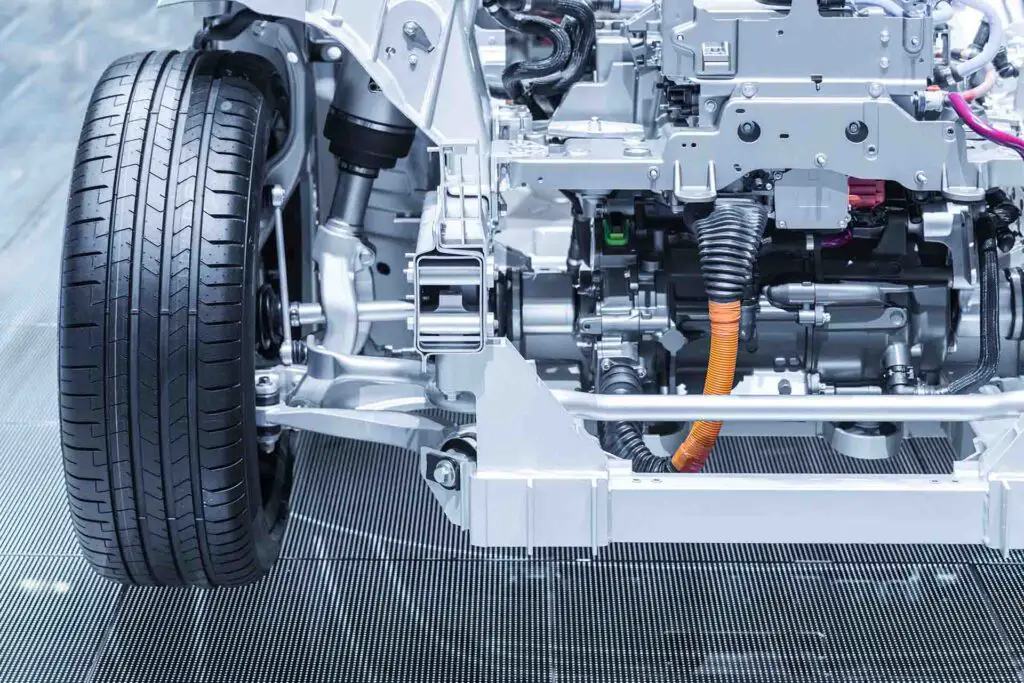
Open, Limited-Slip, Locking, and Torque-Vectoring Differentials – A Brief Overview
While the most common and popular types of differentials are the open diff and the limited-slip differential (LSD), there are others you should know about, especially the locking and torque-vectoring differentials. So, before I get into the pros and cons of open and limited-slip differentials, here’s a brief overview of all four types:
| Type of Differential | Pros | Cons |
| Open Differential | The rear wheels can spin independently of each other | Each wheel gets the same amount of torque |
| Limited-Slip Differential (LSD) | Automatically sends more torque to one wheel if needed | The rear wheels spin in the same direction |
| Locking Differential | Great traction as both wheels turn at the same speed | Increased wear and tear of the tires |
| Torque-Vectoring DIfferential | Transmits torque independently between the wheels | The amount of power is limited by the wheel with the least amount of grip |
Open Diff vs. LSD – How to Know if Your Vehicle Has an Open Differential or a Limited-Slip One?
The majority of rear-wheel drive vehicles have an open differential, and if you’re not sure about your city car, there is an easy way to tell. Just jack up your car and spin one of the rear tires. If the other wheel spins in the opposite direction, what you have is an open differential that lets the wheels spin independently of each other. On the other hand, if you have a limited-slip differential, the other wheel will spin in the same direction.
What Is the Key Difference Between the Open Differential and the Limited-Slip One?
Before we get to a detailed overview of the pros and cons of each one, let’s just make the most basic comparison of the two differentials when it comes to how they function. With the open differential, you have the wheels spinning independently from one another, so each wheel obtains the same amount of torque.
On the other hand, a limited-slip differential can automatically detect when one of the wheels is spinning faster and will send more torque to the one with greater traction. So, there is a key difference between their functions, and that directly impacts the way these differentials perform while your vehicle is cruising down the most famous routes in the USA.

LSD vs. Open Diff – Their Pros and Cons in Various Aspects
Now that you know the basic aspects of differentials, let’s put the open differential and the limited-slip one head-to-head and see how they do when it comes to performance, predictability, and cost:
When It Comes to Performance, the LSD Takes the Top Spot Because of Slippage
While the open differential provides a comfortable ride for everyday driving, it could cause problems in certain conditions. If the wheels are on different kinds of surfaces, one wheel will require less power to spin because of the difference in traction. Because of the way the open diff works, the spinning wheel will get the same amount of torque as the stationary one, and this is nowhere near ideal when it comes to making the most out of the car’s performance.
While these differentials act the same when turning around corners, there is one key addition to the limited-slip differential that makes it better when it comes to performance. Not only are the wheels spinning independently from one another, but the torque is also automatically distributed if there is a difference in traction between the wheels. Because of that, you can have better control, even on slippery surfaces, and better overall performance on regular paved roads.
Most People Would Agree That the Open Differential Feels More Familiar and Predictable
The open differential is the most basic design there is, and, as such, it’s included in most cars. Because of that, the way it works is familiar to most, and if you’re a beginner driver, chances are you’ve only ever driven with this type of differential. It’s easy to handle, and there are not a lot of surprises that could bring your driving stress levels up. On the other hand, a limited-slip differential is more difficult to predict and respond to unless you’re an experienced off-road driver.
There’s a Significant Difference in Cost, but You Get What You Pay For
As mentioned, the open diff is already included in most vehicles meant for everyday driving. That means you get it with the brand-new or used vehicle you buy. There is no additional cost to it and even a reason for you to upgrade if you’re planning to drive in regular conditions.
If you don’t have an exotic car that already has a limited-slip differential, upgrading your drivetrain system with them can get above $1,000, which is quite expensive. However, it’s definitely worth it if you’re thinking about getting off the pavement once in a while, and also when you take into account that with the limited-slip differential, there is far less wear and tear. At the end of the day, that means possibly saving money on frequent repairs and maintenance.
If There Is a Problem With the Rear End of Your Vehicle, It Might Be Time for an Upgrade
Is there a grinding or whining noise coming from the back of your car? No matter whether it’s constant or only when turning or accelerating, it’s best to take it to your local mechanic and have them take a look. If it turns out it’s time for a rebuild, the question is – Should you invest and get a limited-slip differential?
It’s a Costly Upgrade, but It Might Be Worth the Investment
If you’re looking for better handling for off-road driving or want overall better performance and durability, getting limited-slip differentials can turn out to be the best car modification you can get. There are many aftermarket options and a wide variety of brands that produce LSDs for basically any kind of car and its intended usage. If it’s in decent shape, you can even opt for an old one.
You can get a fixed-value LSD, a speed or torque-sensitive one, or the electronically-controlled version. All of these variations offer better performance and durability, but they are not necessary for regular driving conditions, so it comes down to your specific needs.
LSD vs. Welded Diff – There’s Also the Option of Welding the Differential Gears
Among the wide array of options, there’s also the possibility of joining gears to their respective components with strong welds. As more and more people are getting into modifying their four-wheelers, the debate between welded diff vs. LSD is becoming more common in recent years.
While welded diffs are alluring due to their affordable price, it doesn’t compare to the LSD when it comes to performance. So, if you’re looking to upgrade your wheels into a powerful racing machine, it shouldn’t be at the top of your list. However, if you’re aiming to slightly improve your day-to-day driving, the affordable option of upgrading your car with welded differential is worth considering.
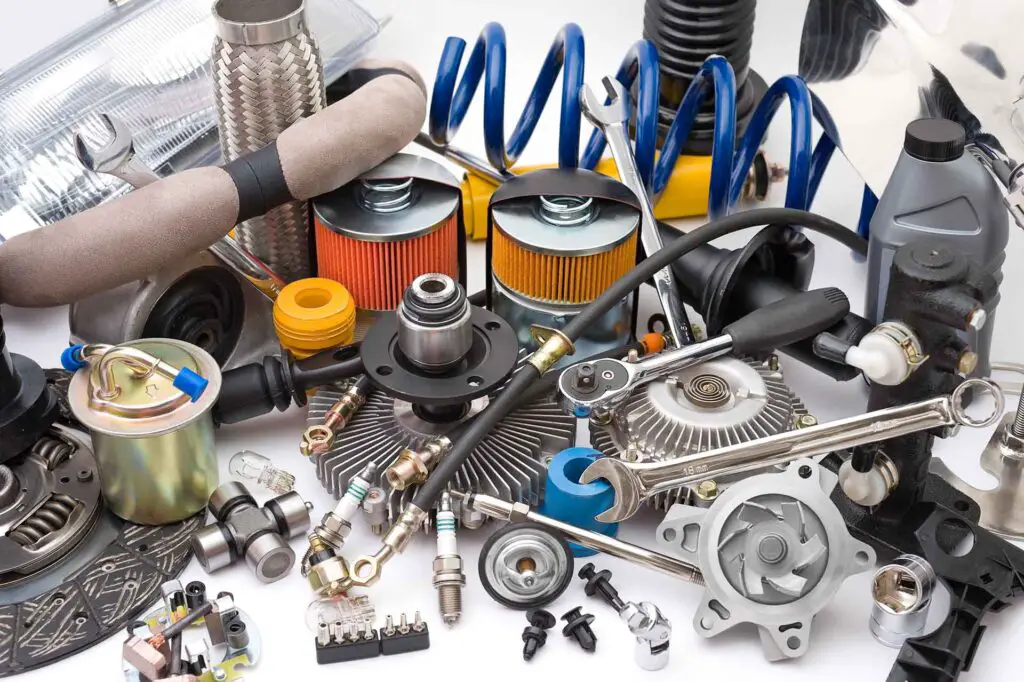
Maintenance of the Open and the Limited-Slip Differential
When it comes to both types of differentials, they can last a long time with basically no maintenance if you drive in appropriate conditions and use the correct oil, which means not synthetic but quality gear oil. However, the LSD is the more durable option of the two, and it can withstand extreme conditions better.
Stay on the Road if You Have an Open Differential
The open differential doesn’t do well on some surfaces that provide the wheels with different levels of traction, and if you’re constantly exposing your vehicle to these conditions, the mechanism might wear out more quickly. Also, you shouldn’t do one-wheel burnouts – the spider gears will spin way faster than they were designed to, and they will fail.
You Can Better the Already Great Durability of an LSD by Getting Appropriate Tires
When it comes to keeping your limited-slip differential working properly, it’s all about having matching winter or summer tires with adequate inflation. Also, if one tire is at a higher point than the other, they are spinning at different speeds no matter how small that height difference is. That means that even if you’re going in a straight line, the LSD is at least partially engaged, and that might make it wear out faster.
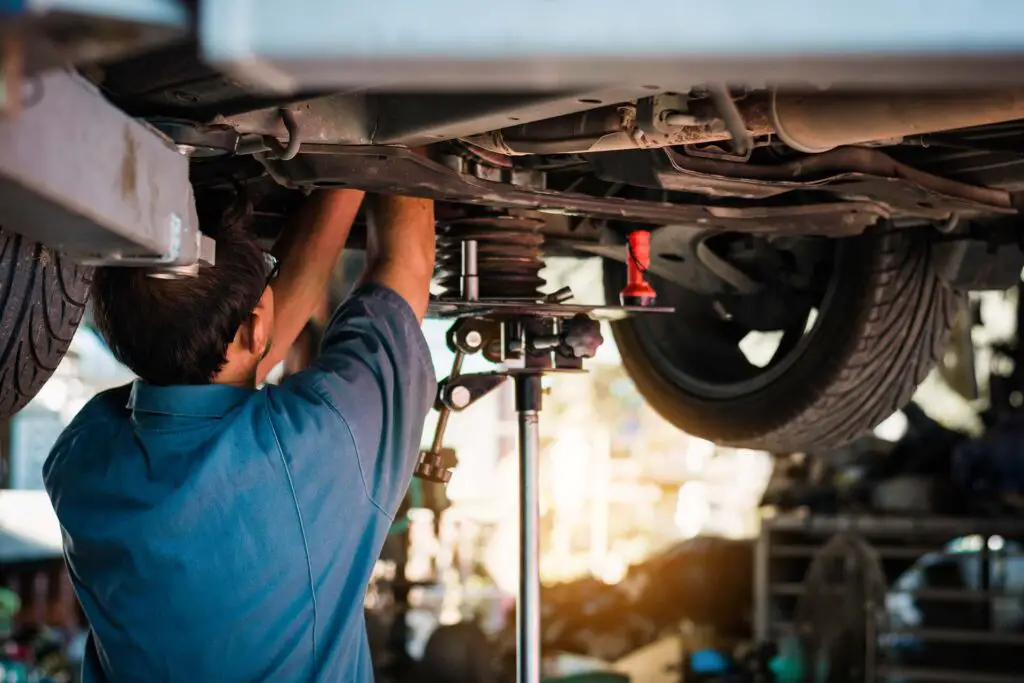
Choosing Between Differentials Comes Down to What Kind of Conditions You Drive In
The open differential will provide you with a budget-friendly option that is more than enough in most scenarios, especially if you always stick to your daily commute. However, if you love to spend your time off-road driving or take long rides through inclement weather, the limited-slip differential has benefits that no one can deny. All in all, it comes down to what kind of roads you’re planning to take your four-wheeler on.

